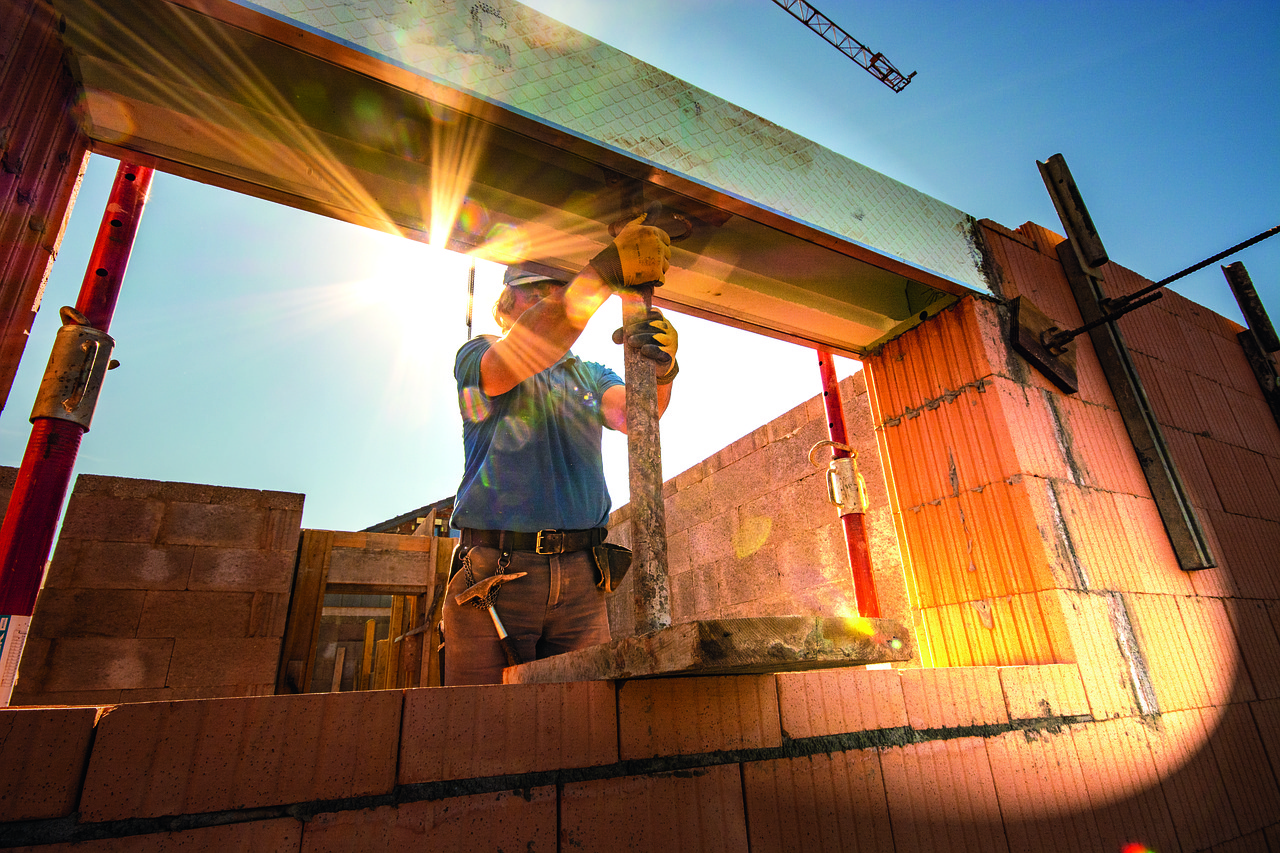What is Cement?
- Cement is a binder, a substance used in building that binds other materials together by setting, hardening, and adhering to them. It has cohesive and adhesive properties in the presence of water.
- It is a product obtained by grinding clinker made by calcining raw materials consisting mainly of lime (CaO), silicates (SiO2), alumina (Al2O3), and iron oxides (Fe2O3).
- The standard density of cement is 1440 kg/m³.
- Cement was first developed by Joseph Aspdin of UK in 1824.
- When mixed with fine aggregate(sand) produces mortar for masonry, or with sand and gravel, it produces concrete. It is the most generally used material existing and is merely behind water because of the planet’s most-consumed resource.
- Various types of cement are currently available in the market.
- Cement can be characterized as hydraulic and non-hydraulic.
Non-hydraulic cement doesn’t set in wet conditions or underwater. Instead, it sets because it dries and reacts with Carbon dioxide in the air. It is resistant to attack by chemicals once set.
Hydraulic cement (e.g., Portland cement) sets and becomes adhesive because of a reaction between the dry ingredients and water. The reaction ends up in mineral hydrates that aren’t terribly soluble and then are quite sturdy in water and safe from chemical attack. This permit setting in wet conditions or underwater and protects the hardened material from chemical attack. The chemical action for Portland cement found by ancient Romans used volcanic ash (pozzolana) with supplemental lime (calcium oxide).



